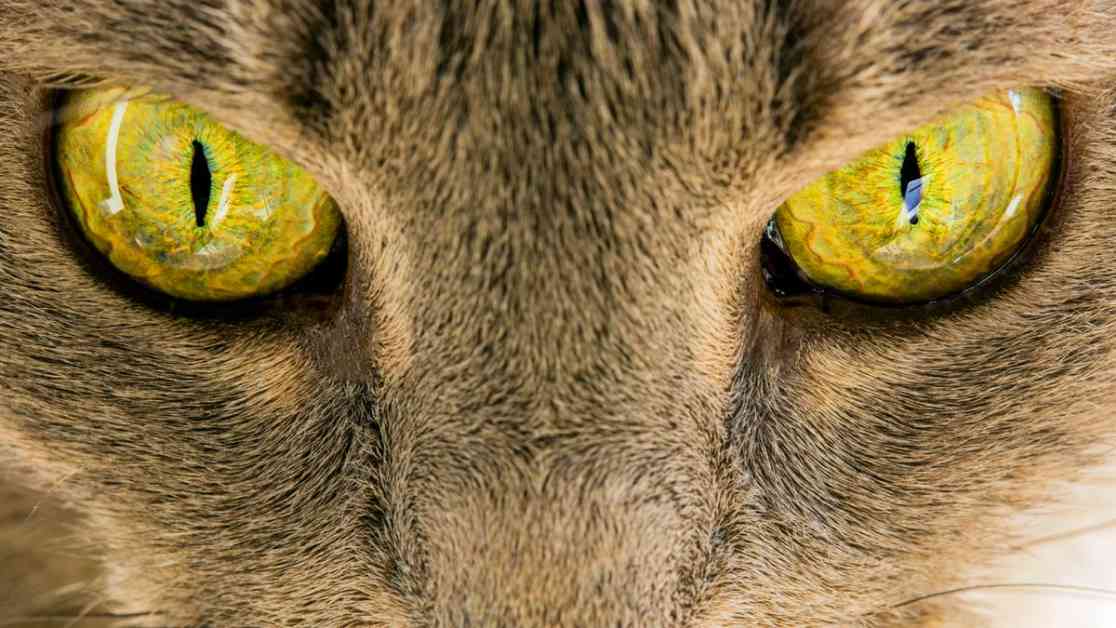Scientists have developed a new computer vision system inspired by the eyes of cats, which could revolutionize how robots see and interact with the world around them. The system mimics the structure of a cat’s eye, with a slit-like aperture to filter out unnecessary light and reflective layers to enhance visibility in low-light conditions.
This innovative technology could have a wide range of applications, from self-driving cars to surveillance drones. By improving object detection and recognition, robots equipped with this system could navigate complex environments more effectively, even in challenging lighting conditions like rain or fog.
The researchers behind the study, led by Professor Young Min Song from the Gwangju Institute of Science and Technology in South Korea, tested the system and found that it successfully blurred out background objects while focusing on the target object. They also utilized a neural network to enhance the system’s ability to perceive important objects.
One of the key advantages of this new technology is its energy efficiency, as it relies on specialized lenses rather than heavy computer processing. This makes it a promising solution for integrating into various robots and autonomous systems in the future.
While the system still has room for improvement, particularly in terms of pixel resolution, the researchers believe it has great potential for practical and commercial use. In the future, we could see this ‘Robotic Cat’s Eyes’ technology being deployed in military drones, surveillance robots, and other machines that require advanced object tracking capabilities.
Overall, this new computer vision system represents a significant step forward in the field of robotics and artificial intelligence. By drawing inspiration from nature, scientists have developed a cutting-edge technology that could pave the way for more sophisticated and efficient autonomous systems in the years to come.










